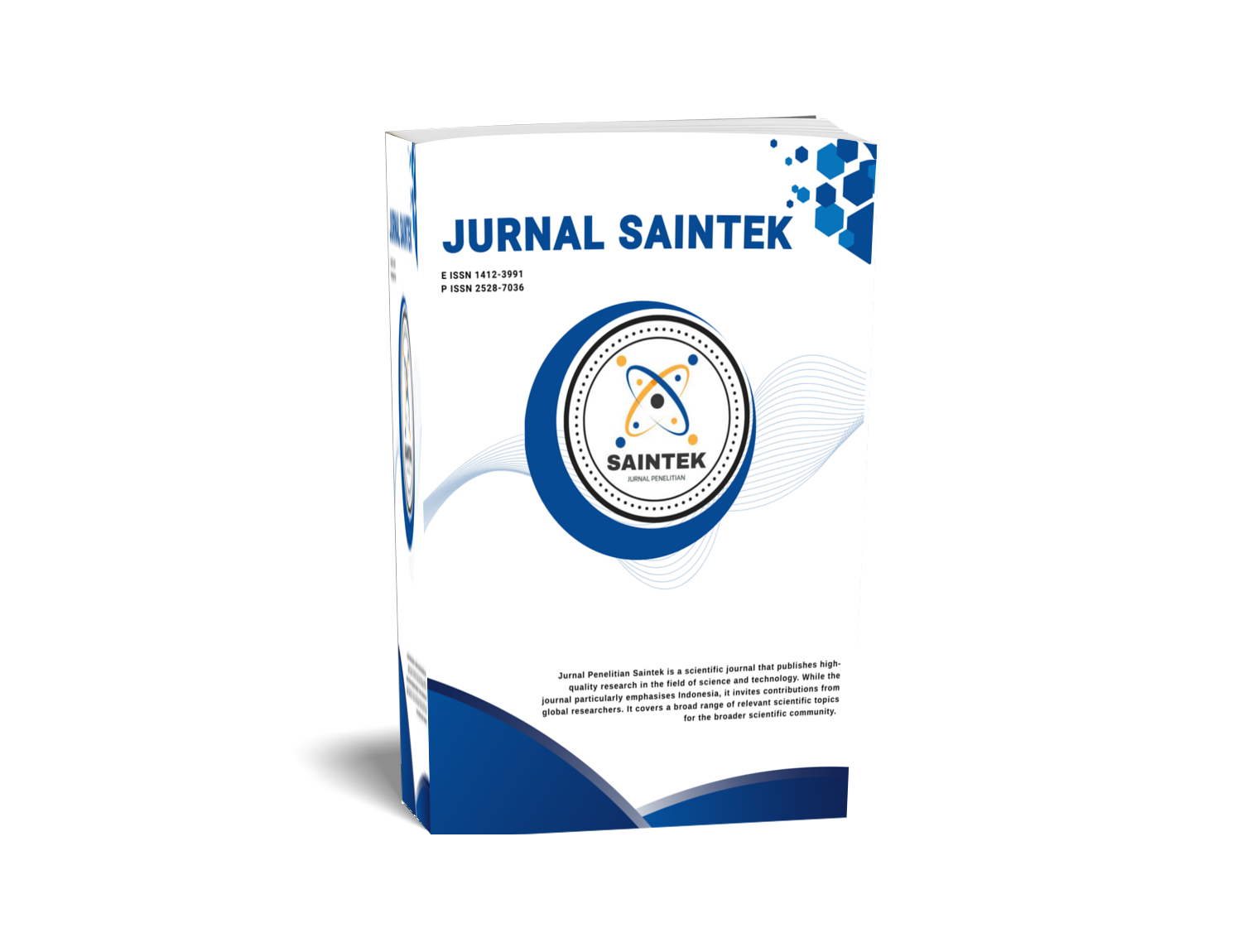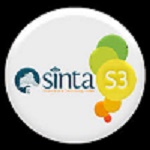IDENTIFIKASI Escherichia coli PADA AIR MINUM ISI ULANG
DOI:
https://doi.org/10.21831/jps.v2i27.52224Keywords:
MPN, Escherichia coliAbstract
The identification of escherichia coli contains in "Khaira" Yogyakarta refill water
Water has an important role for every living thing to meet essential needs. Fluid intake, in this case drinking water, is very important for the human body, so it is necessary to pay attention to the quality of drinking water according to established standards. Currently, many refill drinking water providers have obtained operating licenses to produce drinking water for the community. To maintain the quality of drinking water consumed by the community, periodic monitoring is carried out both internally and externally. This study was aimed to identify the Escherichia coli contains in one of the refill waters in Yogyakarta namely, Khaira. The microbiological test was used in this study. This research was conducted by identifying Escherichia coli in refill drinking water. The data was obtained by checking the refill water using the Most Probable Number (MPN) method. The MPN test results showed no Escherichia coli was detected in all water samples. The quality of refill drinking water produced by "Khaira" Yogyakarta based on the Escherichia coli identification test meets the requirements for microbial contamination limits.
References
Amelia, F. (2019). Identifikasi bakteri Coliform pada Air Minum dalam Kemasan (AMDK) yang diproduksi di Kota Batam. SIMBIOSA, 8(1), 85-92.
American Public Health Association [APHA]. (2017) Standard method for the examination of water and wastewater (23rd ed.). APHA.
Askrening, & Yunus, R. (2017). Analisis bakteri coliform pada air minum isi ulang di Wilayah Poasia Kota Kendari. Jurnal Teknologi Kesehatan, 13(2), 71-76.
Badan Standarisasi Nasional Indonesia [BNSI]. (2009). Batas maksimum cemaran mikroba dalam pangan. BSNI 7388:2009. hal.16.
Badan Pengawas Obat dan Makanan [BPOM]. (2019). Peraturan BPOM nomor 13 tahun 2019 tentang batas maksimal cemaran mikroba dalam pangan olahan. Jakarta: BPOM
Bukar, A. M., Isa, M. A., Mustapha, A., Kyari, M. Z., & Ibrahim, F. K. (2015). Bacteriological analysis of sachet water in Maiduguri Metropolis. The Journal of Applied Sciences Research. 2(1), 20-25.
Barcella, L., Barbaro, A. P., & Rogolino, S.B. (2016). Colonial Morphology of Escherichia Coli: Impact of detection in clinical specimens. Microbiologia Medica, 31(2), 51-55.
Bryce, J., Boschi-Pinto, C., Shibuya, K., & Black, R. E. (2005). WHO estimates of the causes of death in children. Lancet, 365(9465), 1147-1152. doi: 10.1016/S0140-6736(05)71877-8. PMID: 15794969.
Ifeanyi, C.I.C., Ikeneche, N. F., Bassey, B. E., Al Gallas, N., Aissa, R. B., & Boudabous, A. (2015). Diarrheagenic Escherichia coli pathotypes isolated from children with diarrhea in the Federal Capital Territory Abuja, Nigeria. J. Infect Dev Ctries., 9(2), 165-174. oi:10.3855/jidc.5582.
Popkin, B. M., D'Anci, K. E., & Rosenberg, I.. H. (2010). Water, hydration and health. Nutr Rev. 68(8), 439-458. doi:10.1111/j.1753-4887.2010.00304.x.
Kementerian Kesehatan Republik Indonesia [Kemenkes RI]. (2010). Peraturan Menteri Kesehatan Republik Indonesia Nomor 492/Menkes/Per/IV/2010 tentang Persyaratan Kualitas Air Minum. Kementerian Kesehatan Republik Indonesia.
Sunarti, R. N. (2016). Uji kualitas air minum isi ulang di sekitar kampus UIN Raden Fatah Palembang. Jurnal Bioilmi, 2(1), 40-50.
Tortora, G. J., & Derrickson, B. H. (2009). Principles of anatomy and physiology. John Wiley & Sons.
Verhaegen, B., Reu, K. D., Heyndrickx, M., & Zutter, L. D. (2015). Comparison of six chromogenic agar media for the isolation of a broad variety of non-O157 Shigatoxin-producing Escherichia coli (STEC) Serogroups. International Journal of Environmental Re-search and Public Health, 12(6), 6965-6978. https://pubmed.ncbi.nlm.nih.gov/26090610/ (doi: 10.3390/ijerph120606965).
Downloads
Published
How to Cite
Issue
Section
Citation Check
License
Who Can Submit?
Any individual may submit an original manuscript for consideration for publication in Jurnal Penelitian Saintek as long as they hold the copyright to the work or are authorized by the copyright owner(s) to submit it. Authors retain initial ownership of the copyrights to their works prior to publication, except in cases where, as a condition of employment, they have agreed to transfer copyright to their employer.
User Rights
Jurnal Penelitian Saintek is an Open Access journal. Users are granted the right to read, download, copy, distribute, print, search, or link to the full texts of articles, provided they comply with the conditions of the Creative Commons Attribution-ShareAlike License 4.0 (CC BY-SA 4.0).
https://creativecommons.org/licenses/by-sa/4.0/
Author Rights
Authors retains copyrights.
Jurnal Penelitian Saintek by http://journal.uny.ac.id/index.php/saintek is licensed under a Creative Commons Attribution-ShareAlike 4.0 International License.









